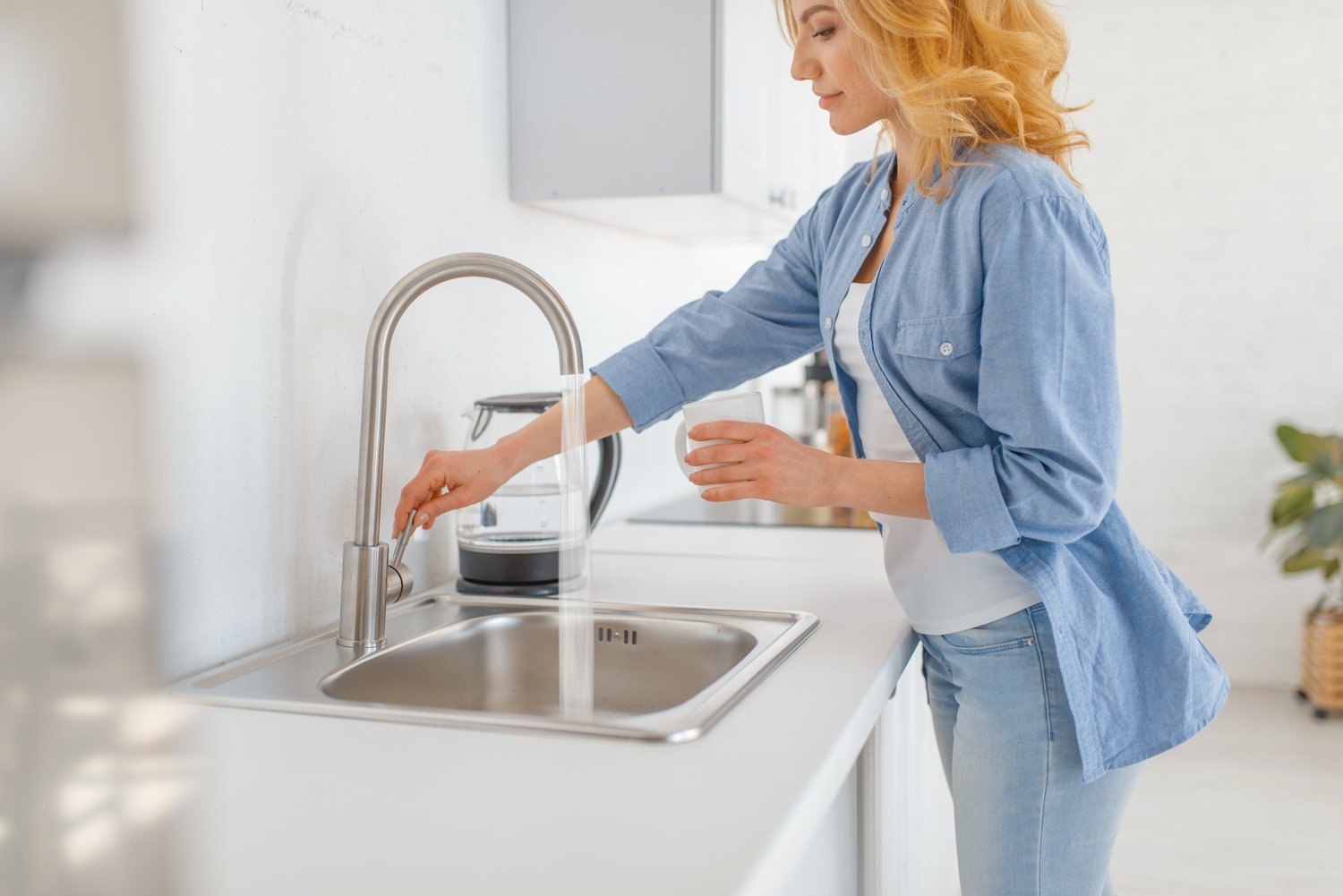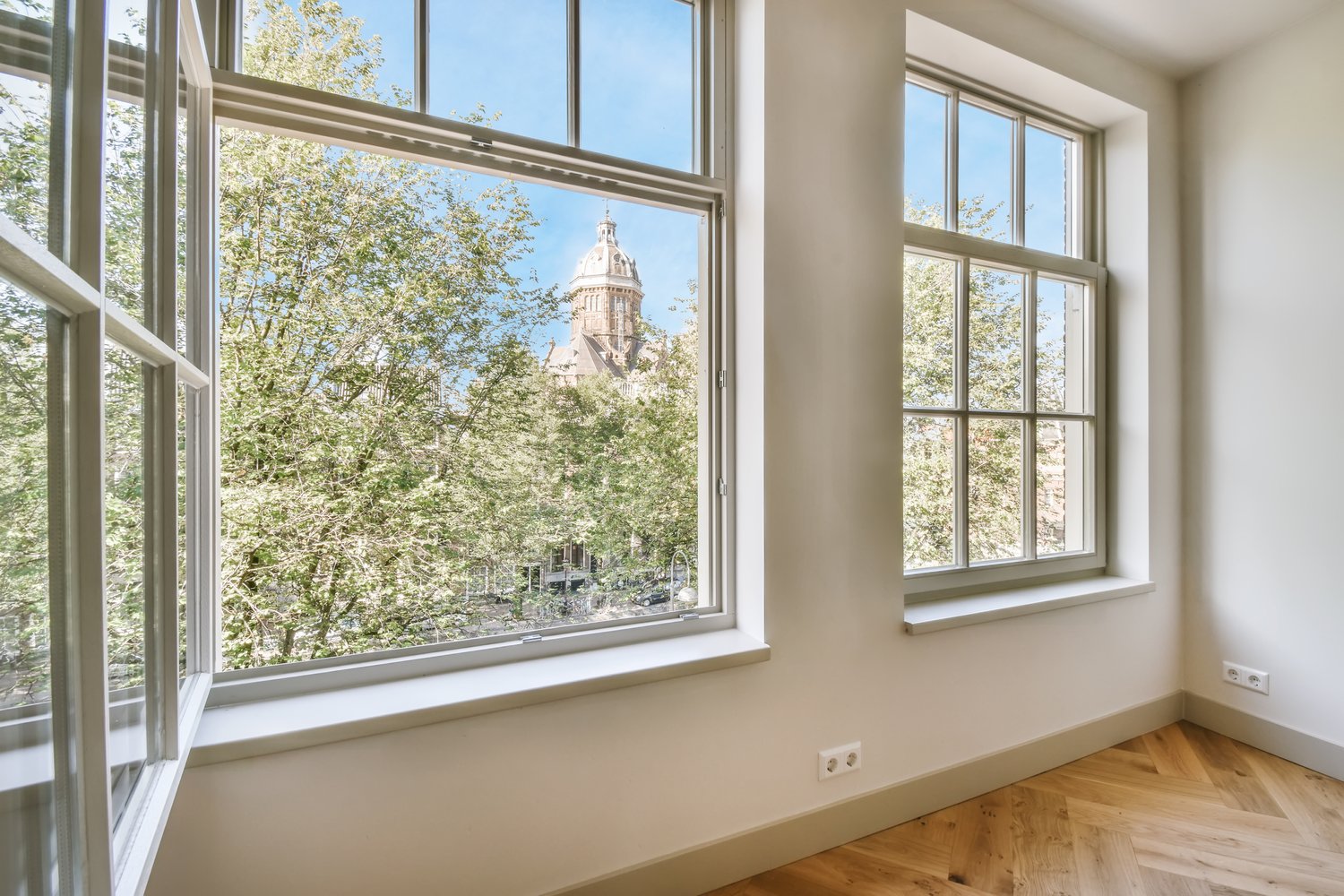Our homes serve as our sanctuary, yet many common household items and practices can introduce pollutants that compromise indoor air quality and our overall health. Creating a healthy home environment involves being mindful of what we bring into our spaces, how we maintain them, and implementing strategies to improve indoor air quality. This article explores practical steps toward non-toxic living, offering actionable advice for transforming your home into a space that genuinely supports wellness at home for you and your family.
Understanding Indoor Air Pollution
Indoor air can be two to five times more polluted than outdoor air, a concerning statistic considering we spend approximately 90% of our time indoors. Common sources of indoor air pollution include volatile organic compounds (VOCs) from paints and furniture, dust mites, pet dander, mold spores, and chemicals from cleaning products. These pollutants can trigger allergies, respiratory issues, headaches, and even contribute to long-term health problems. The first step toward creating a healthy home environment is recognizing these invisible threats that may be compromising your family’s well-being.
Natural Ventilation Strategies
One of the simplest ways to improve indoor air quality is through proper ventilation. Opening windows for at least 5-10 minutes daily creates cross-ventilation that helps flush out stagnant air and brings in fresher outdoor air. This practice is especially important after cooking, showering, or using cleaning products. In seasons when opening windows isn’t practical, consider using exhaust fans in kitchens and bathrooms. These fans help remove moisture and cooking byproducts that would otherwise linger in your air. For homes in areas with high outdoor pollution, timing your ventilation for early morning or evening when pollution levels typically decrease can optimize this strategy.
Houseplants as Natural Air Purifiers
Nature provides us with beautiful allies in our quest for non-toxic living. Certain houseplants act as natural air purifiers, absorbing common indoor pollutants while adding aesthetic value to our spaces. Peace lilies excel at removing formaldehyde, benzene, and trichloroethylene. Snake plants are particularly effective at filtering toxins and uniquely convert carbon dioxide to oxygen at night, making them ideal bedroom companions. Spider plants combat carbon monoxide and xylene, while Boston ferns help reduce formaldehyde levels. Strategically placing these plants throughout your home creates a living filtration system that supports wellness at home while bringing nature indoors.
Mindful Cleaning Practices
Conventional cleaning products often contain harsh chemicals that can linger in your air and create a toxic indoor environment. Transitioning to natural cleaning alternatives represents a significant step toward creating a healthy home environment. White vinegar, baking soda, and lemon juice can tackle most cleaning tasks effectively without introducing harmful chemicals. Essential oils like tea tree, lavender, and lemon can add pleasant scents and boost cleaning power naturally. If you’re unsure about making the switch to DIY cleaners, many companies now offer certified non-toxic cleaning products that perform well while supporting your commitment to healthier indoor air. According to professionals at AskHomey, switching to non-toxic cleaning products is among the most impactful changes families can make for improving their home’s air quality.
Filtering Your Indoor Air
While natural ventilation and plants offer significant benefits, air purifiers provide targeted filtration that can remove even the smallest airborne particles. When selecting an air purifier, look for models with HEPA filters, which can capture 99.97% of particles as small as 0.3 microns. For maximum effectiveness, choose the right size purifier for your space and place it in areas where you spend the most time, such as bedrooms and living rooms. Don’t forget to maintain your home’s HVAC system by changing filters regularly—typically every 1-3 months depending on your system and lifestyle factors like pet ownership. This simple maintenance task dramatically improves the air circulating throughout your entire home.
Reducing Electromagnetic Pollution
As we focus on improve indoor air quality, we shouldn’t overlook another form of household pollution: electromagnetic fields (EMFs). The proliferation of wireless devices in our homes creates an invisible form of pollution that some research suggests may impact our well-being. Consider establishing tech-free zones in bedrooms, unplugging devices when not in use, and using wired connections instead of wireless when possible. These practices not only potentially reduce EMF exposure but often lead to better sleep and more mindful technology use, further enhancing wellness at home.
Building Materials and Furnishings
When renovating or furnishing your home, choosing materials with low VOC emissions contributes significantly to non-toxic living. Look for furniture made from solid wood rather than pressed wood products, which often contain formaldehyde. Select paints, adhesives, and sealants labeled as zero-VOC or low-VOC. For flooring, consider hardwood, tile, or natural linoleum instead of vinyl, which can off-gas for years. These choices may require more initial research and sometimes a higher investment, but they dramatically reduce the chemical burden in your home and support long-term health for your family.
For more tips and to connect with reliable home service professionals, follow AskHomey on Facebook and Instagram.



